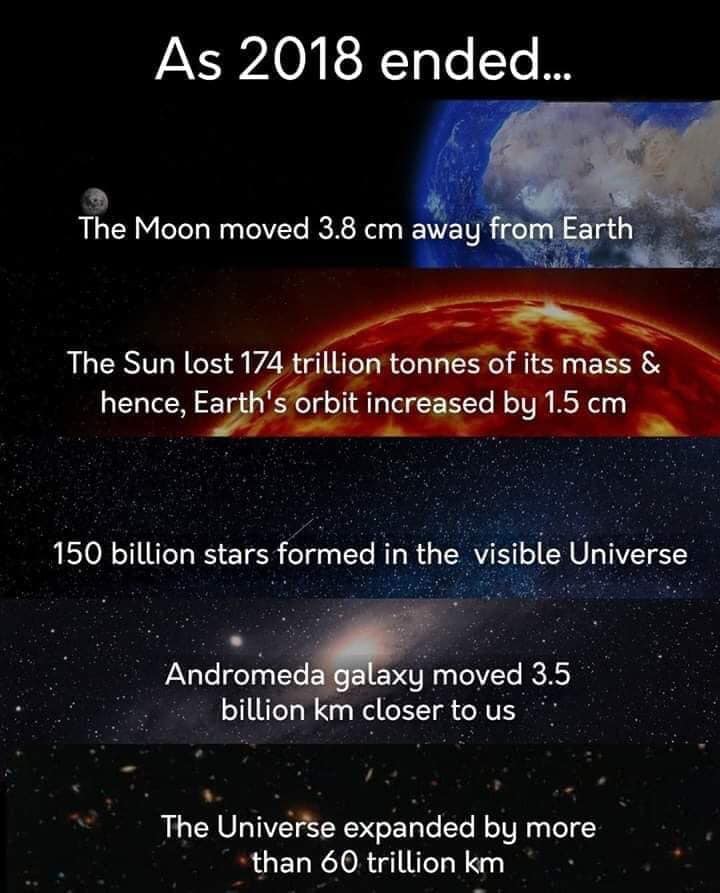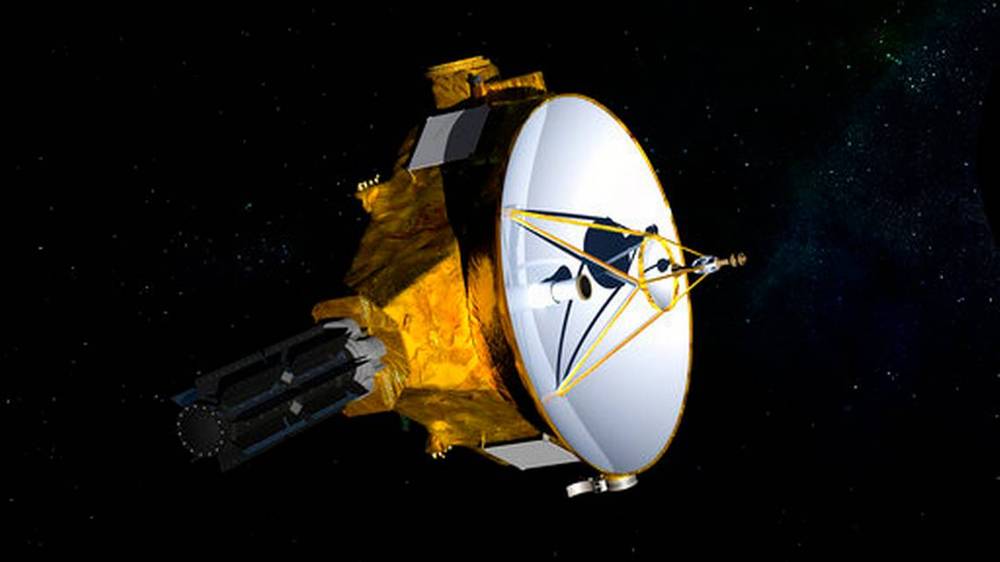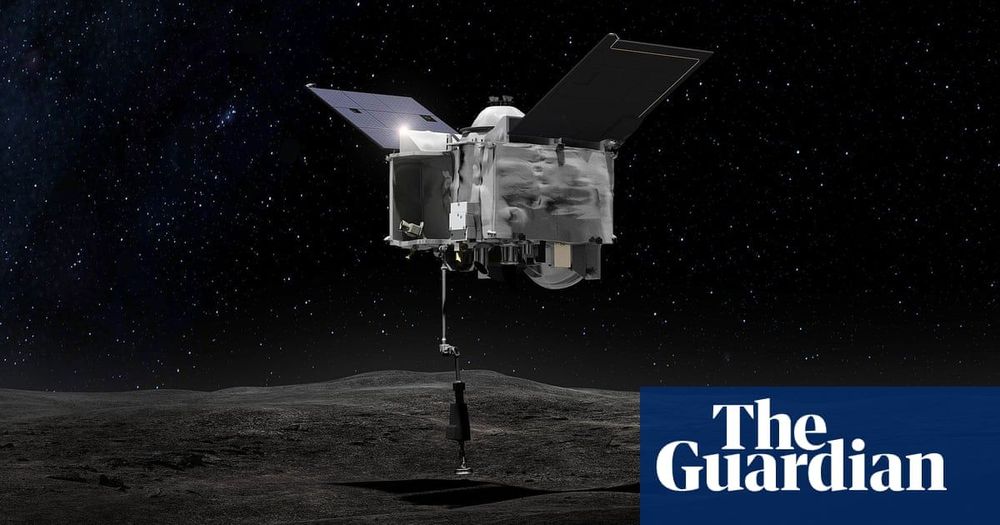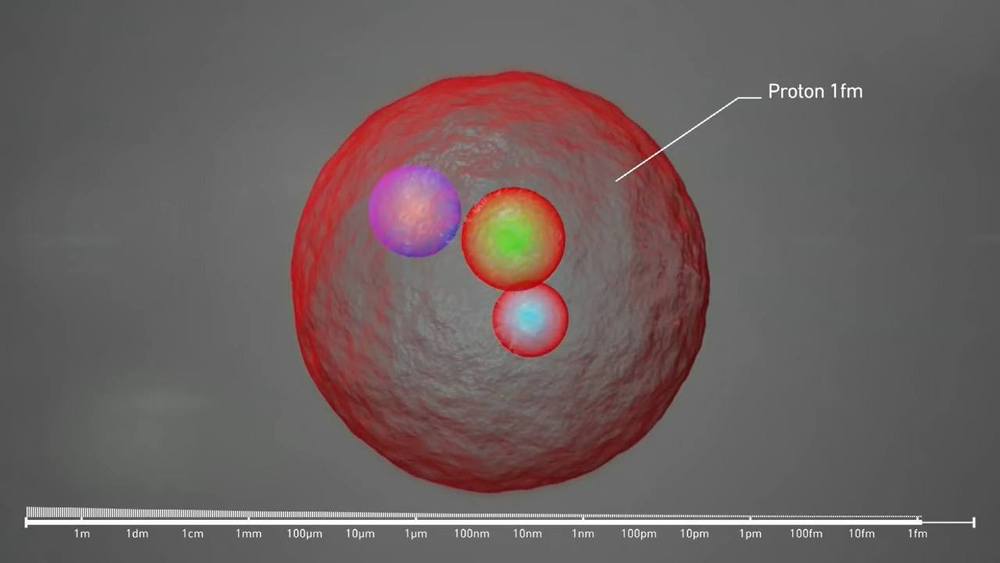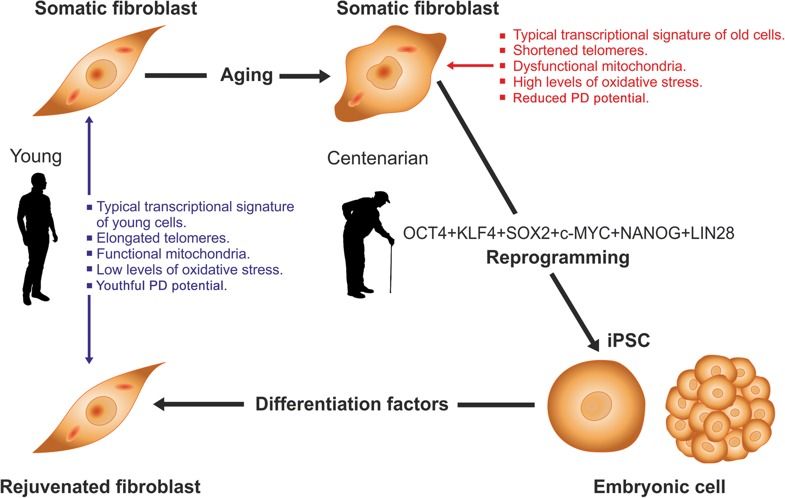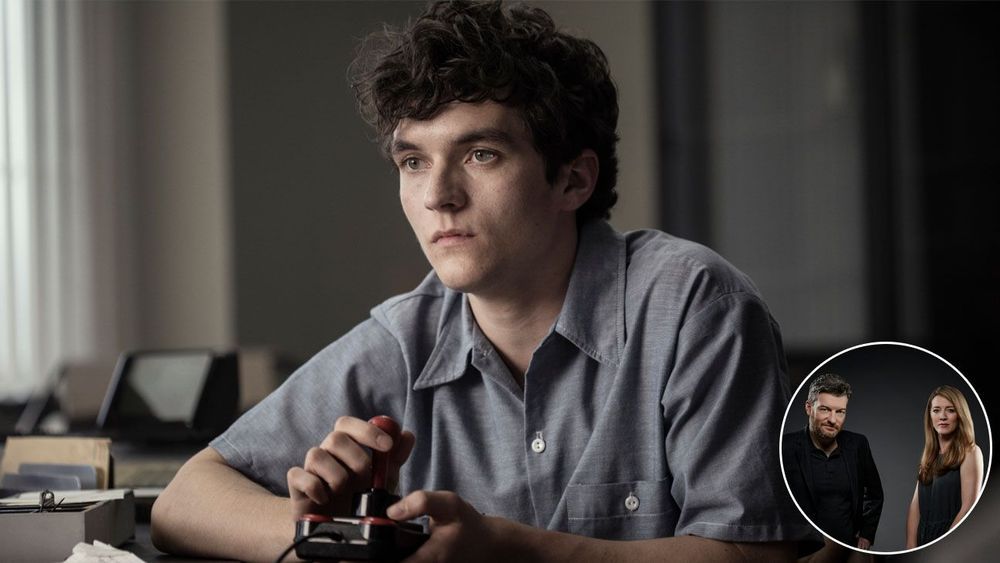Page 9590
Jan 1, 2019
The Latest: NASA spacecraft dashes by world beyond Pluto
Posted by Genevieve Klien in category: space travel
The Latest on NASA’s New Horizons’ New Year rendezvous (all times local):
12:33 a.m.
A NASA spacecraft opens the new year at the most distant world ever explored, a billion miles beyond Pluto.
Continue reading “The Latest: NASA spacecraft dashes by world beyond Pluto” »
Jan 1, 2019
Birthday tribute to Satyendra Nath Bose, the physicist after whom Higgs boson particle is named
Posted by Genevieve Klien in category: particle physics
On his 125th birth anniversary, ThePrint celebrates one of India’s greatest physicists.
New Delhi: Bose-Einstein statistics, Bose-Einstein Condensate, Bosons — these are terms that even casual observers of physics have heard regardless of whether they actually know about them or not. These nomenclatures, based upon Satyendra Nath Bose’s surname (along with Einstein’s in the first two cases), both commemorate and signify his immense contribution to physics.
Bose’s novel derivation of Planck’s formula without relying upon classical electrodynamics resolved a conceptual inconsistency which had troubled all famous scientists of the day.
Jan 1, 2019
Space probe Osiris-Rex makes closest ever orbit of smallest ever object
Posted by Genevieve Klien in category: space
NASA sampling mission skims a mile above tiny asteroid Bennu where it will try to land and collect samples.
Jan 1, 2019
Mark Zuckerberg-Funded Researchers Test Implantable Brain Devices
Posted by John Gallagher in categories: biotech/medical, computing, Elon Musk, mobile phones, neuroscience
Mark Zuckerberg and his pediatrician wife Priscilla Chan have sold close to 30 million shares of Facebook to fund an ambitious biomedical research project, called the Chan Zuckerberg Initiative (CZI), with a goal of curing all disease within a generation. A less publicized component of that US$5 billion program includes work on brain-machine interfaces, devices that essentially translate thoughts into commands.
From a report: One recent project is a wireless brain implant that can record, stimulate and disrupt the movement of a monkey in real time. In a paper published in the highly cited scientific journal Nature on Monday, researchers detail a wireless brain device implanted in a primate that records, stimulates, and modifies its brain activity in real time, sensing a normal movement and stopping it immediately. Those researchers are part of the Chan Zuckerberg Biohub, a non-profit medical research group within the CZI. Scientists refer to the interference as “therapy” because it is designed to be used to treat diseases like epilepsy or Parkinson’s by stopping a seizure or other disruptive motion just as it starts.
“Our device is able to monitor the primate’s brain while it’s providing the therapy so you know exactly what’s happening,” Rikky Muller, a co-author of the new study, told Business Insider. A professor of computer science and engineering at the University of California, Berkeley, Muller is also a Biohub investigator. The applications of brain-machine interfaces are far-reaching: while some researchers focus on using them to help assist people with spinal cord injuries or other illnesses that affect movement, others aim to see them transform how everyone interacts with laptops and smartphones. Both a division at Facebook formerly called Building 8 as well as an Elon Musk-founded company called Neuralink have said they are working on the latter.
Continue reading “Mark Zuckerberg-Funded Researchers Test Implantable Brain Devices” »
Jan 1, 2019
A Cafe in Japan Hires Robot Servers, But With a Twist
Posted by Shailesh Prasad in category: robotics/AI
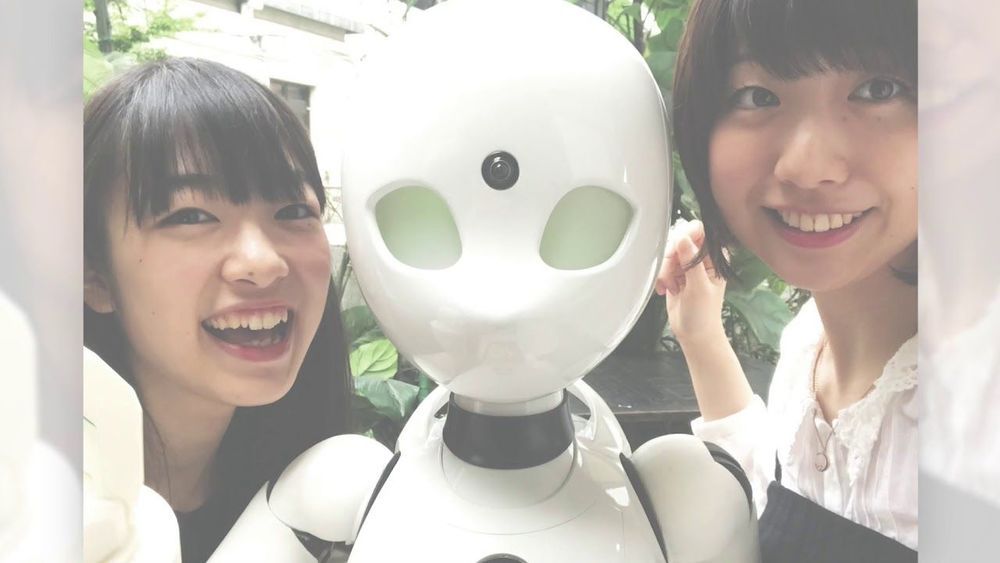
A Cafe in Tokyo uses an all-robot staff, though some of its employees that control these servers do so remotely, under special circumstances.
As reported by NextShark, these employees have debilitating conditions like ALS and similar spinal chord injuries, and operate the robot servers from home. They operate an OriHime-D: a 4-foot-tall robot that moves, handles objects, and communicates with patrons at Tokyo’s Cafe DAWN (Diverse Avatar Working Network). Cafe DAWN is intended to resemble the robot-centric cafe featured in the 2008 anime Time of Eve.
Continue reading “A Cafe in Japan Hires Robot Servers, But With a Twist” »
Jan 1, 2019
Rejuvenation: The discovery of animal cloning and subsequent development of cell reprogramming technology were quantum leaps as they led to the achievement of rejuvenation by cell reprogramming and the emerging view that aging is a reversible epigenetic process
Posted by Montie Adkins in categories: biotech/medical, genetics, life extension
Here, we will first summarize the experimental achievements over the last 7 years in cell and animal rejuvenation. Then, a comparison will be made between the principles of the cumulative DNA damage theory of aging and the basic facts underlying the epigenetic model of aging, including Horvath’s epigenetic clock. The third part will apply both models to two natural processes, namely, the setting of the aging clock in the mammalian zygote and the changes in the aging clock along successive generations in mammals. The first study demonstrating that skin fibroblasts from healthy centenarians can be rejuvenated by cell reprogramming was published in 2011 and will be discussed in some detail. Other cell rejuvenation studies in old humans and rodents published afterwards will be very briefly mentioned. The only in vivo study reporting that a number of organs of old progeric mice can be rejuvenated by cyclic partial reprogramming will also be described in some detail. The cumulative DNA damage theory of aging postulates that as an animal ages, toxic reactive oxygen species generated as byproducts of the mitochondria during respiration induce a random and progressive damage in genes thus leading cells to a progressive functional decline. The epigenetic model of aging postulates that there are epigenetic marks of aging that increase with age, leading to a progressive derepression of DNA which in turn causes deregulated expression of genes that disrupt cell function. The cumulative DNA damage model of aging fails to explain the resetting of the aging clock at the time of conception as well as the continued vitality of species as millenia go by. In contrast, the epigenetic model of aging straightforwardly explains both biologic phenomena. A plausible initial application of rejuvenation in vivo would be preventing adult individuals from aging thus eliminating a major risk factor for end of life pathologies. Further, it may allow the gradual achievement of whole body rejuvenation.
Jan 1, 2019
‘Black Mirror’ Interactive Film: Inside the 2-Year Journey of ‘Bandersnatch’
Posted by Derick Lee in category: entertainment
The tech-savvy Black Mirror audience is a natural fit since, as Engelbrecht put it, they tend to be “a little more experimental and willing to be out there.” But it was the mind of Brooker and the potential for what he could create that made Netflix want to go all in. In order to fully execute Brooker’s vision, Netflix created new technology, including “state tracking” to remember the choices viewers make over the course of the story. That tech is what allows for the unique experience for each viewer. Choices made earlier in the episode impact scenes and storylines as the viewer goes in ways that can be subtle (like an advertisement for the cereal that was picked) or very impactful, even resulting in which endings a viewer can unlock.
Netflix released its first interactive experience for adults with ‘Black Mirror: Bandersnatch’ on Dec. 28. The teams behind the immersive film, which debuts first-of-its-kind technology, tell The Hollywood Reporter how to be an active player in Charlie Brooker’s story.
Dec 31, 2018
When you look up, how far back in time do you see?
Posted by Michael Lance in category: space
So when you look up, remember you aren’t seeing things as they are now; you’re seeing things as they were.
Without really trying, you can see years into the past. And with the aid of a telescope you can see millions or even billions of years into the past with your very own eyes. – The Conversation | Rappler.com
The Conversation
Continue reading “When you look up, how far back in time do you see?” »
